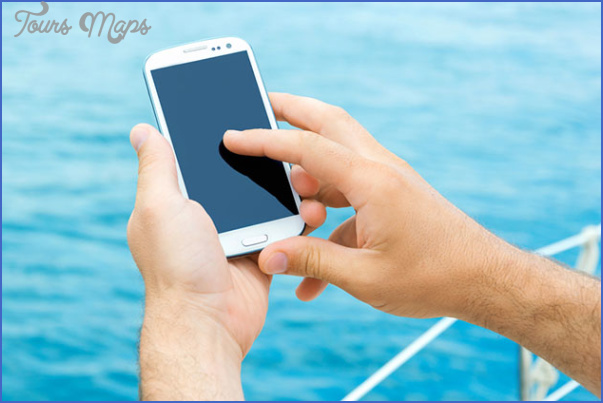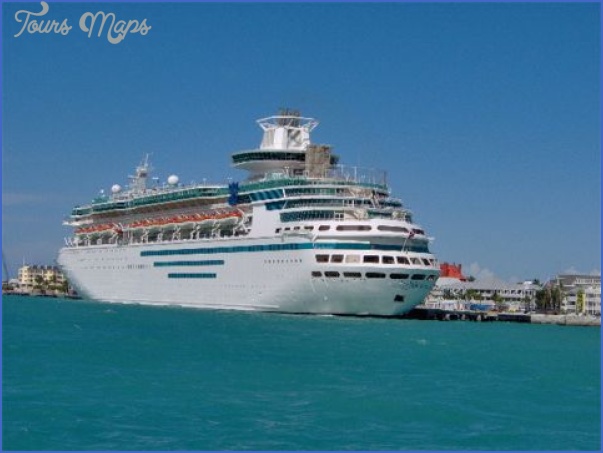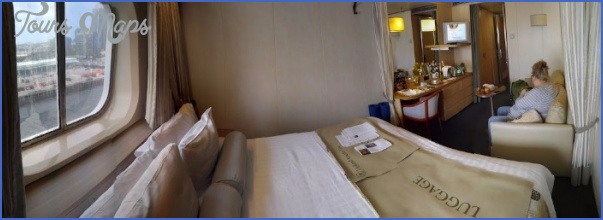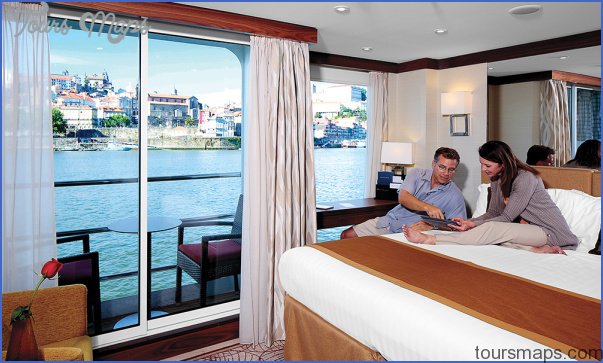Before you leave home, check with your cell phone plan provider to see what roaming packages they offer, both to travelers to your region in general and cruisers specifically. Some wireless providers have developed a special cruise ship service plan, with lower rates than regular roaming rates, but you must sign up for the plan before you depart. Your carrier’s website should have pricing and phone compatibility information.
If your carrier does not offer a special plan for cruisers, or you don’t want to sign up for it, consider ordering a data, messaging, or calling plan for your region. Data plans cost around $25 for 100MB, and text messages cost as much as 50 cents per text. Phone calls, at as much as $2.50 per minute, are still the most expensive way to communicate with friends and family back home though some mobile providers now offer unlimited calling packages for a small preset fee for cruisers abroad.
If you only plan to use the Internet on your smartphone, turn off the phone’s data usage and roaming options so that you will not incur roaming fees, and plan to connect only to the ship’s Wi-Fi, or a public Wi-Fi network ashore. Then, purchase a shipboard Wi-Fi package. Rates generally range from 400 to 750 per minute. It is generally cheaper if you buy a set plan for instance, paying in advance for 4 hours of usage throughout your cruise (plans vary by line, so check with your ship’s Internet cafe to see what plans are available; special discounts may be offered if you sign up the first day of your cruise).
Royal Caribbean now offers fast, inexpensive Wi-Fi on their newer ships, and Viking Ocean Cruises offers complimentary Wi-Fi on their ships. Regent Seven Seas Cruises also offers complimentary WiFi, but only to cruisers in certain suite-level cabins. Other lines, including Holland America, have been offering discount packages toward the end of the cruise as well. Celebrity even offers the ability to pre-purchase an Internet package before you leave home.
On the small ship front, Wi-Fi isn’t necessarily guaranteed. However, you can certainly get Wi-Fi at everything from Starbucks to hotel lobbies to major shopping malls when you’re in port.
If you don’t have a smartphone and you want to get online in port, the port cities you’ll be visiting are likely to have Wi-Fi spots you can access, either at a library or in a hotel lobby.
Charge It!
If you are bringing a bunch of electronic gadgets cellphones, cameras that need recharging, an iPad, a laptop consider packing a power strip. Most cabins don’t have more than two electrical outlets. Note that cruise lines have begun to check the condition of power strips before allowing their use; bring along a new one without a surge protector to ensure it doesn’t get confiscated.
Religion on the High Seas
Religious services depend, of course, on the ship and the clergy on board. Most ships have a nondenominational service on Sunday and a Friday-night Jewish Sabbath service, usually run by a passenger. On Jewish and Christian holidays, clergy are typically on board large ships to lead services, which are usually held in the library or conference room. If you are looking for a daily Catholic Mass, you may have to visit churches at the ports.
For those who like to stay constantly connected on social media, share a lot of photos in real time, or stream video of TV shows or movies, the slow and often expensive Wi-Fi at sea can be a problem If you’re more tech savvy, you can use short code short phone numbers that allow you to post your messages to Twitter or Facebook by text.
Sending Mail
If you want to send mail from the ship, the purser’s office should have postage stamps and a mailbox. We especially like sending mail from the Cunard’s Queen Mary 2, which offers an English-style mailbox with outgoing mail stamped, Posted On Board Queen Mary 2 Transatlantic Crossing.
STAYING IN TOUCH FOR CRUISE TRAVEL Photo Gallery
Maybe You Like Them Too
- STAR CLIPPERS CRUISES TRAVEL GUIDE
- JAMAICA CRUISES
- TRAVEL TO CABO SAN LUCAS CRUISES
- NORWEGIAN CRUISE LINE CRUISES TRAVEL GUIDE
- Passports & Identification FOR CRUISE TRAVEL












